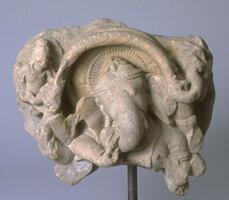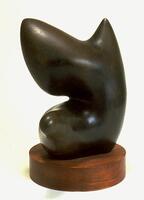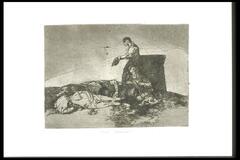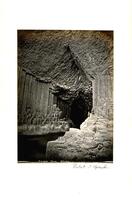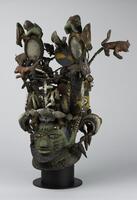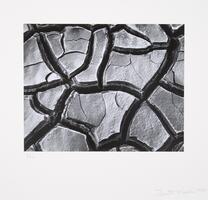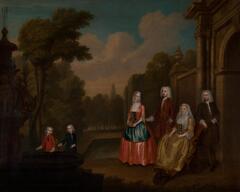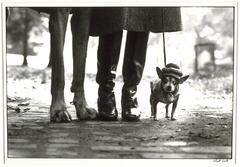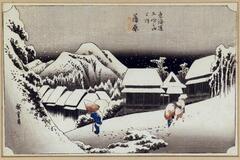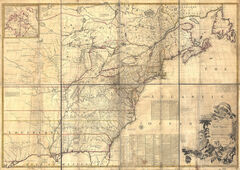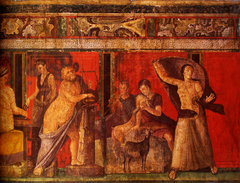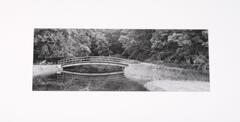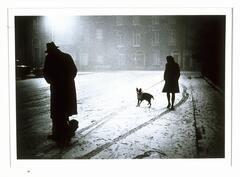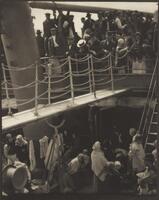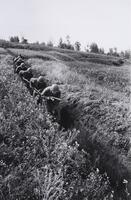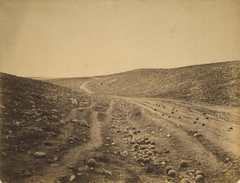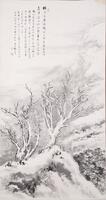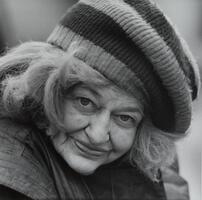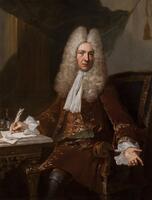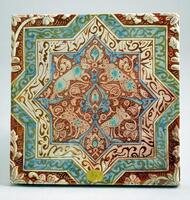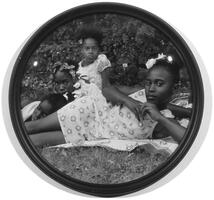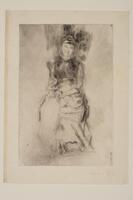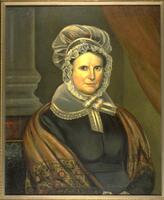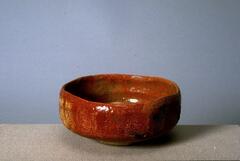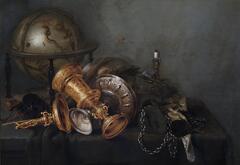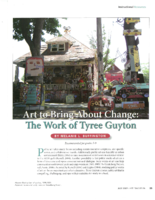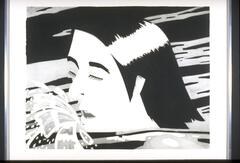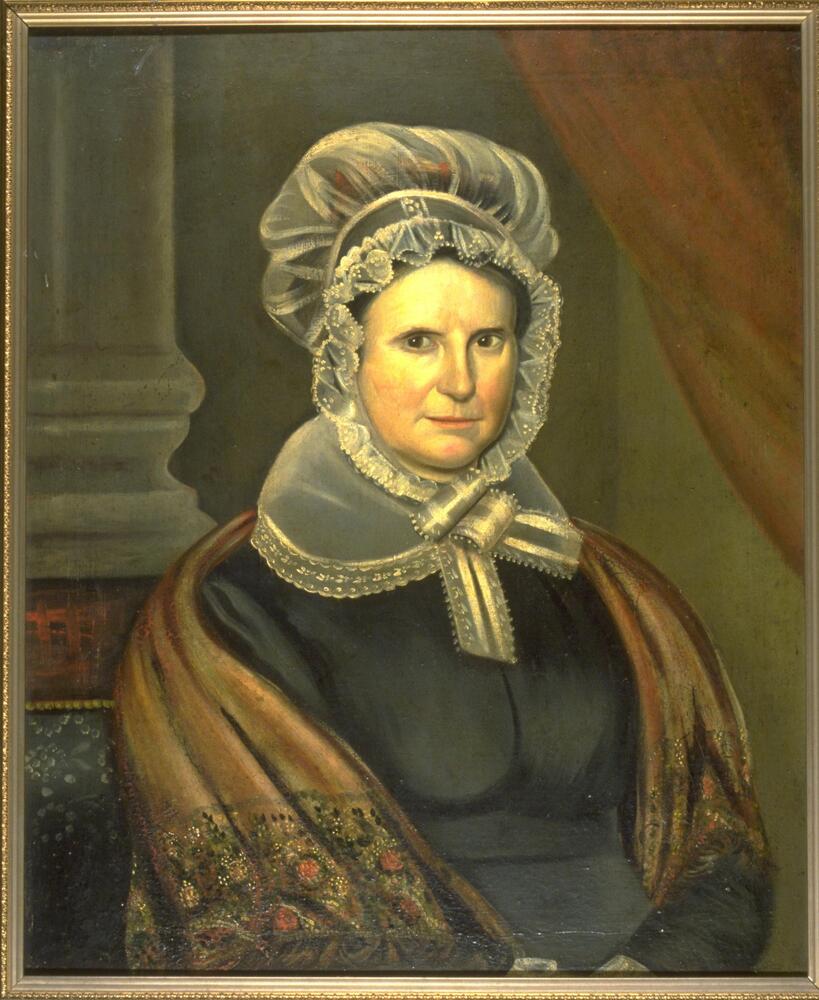Lesson Plans: Ideas for Writing with Portraits
UMMA Teacher Workshop, “Xu Weixin: Monumental Portraits,” April 23, 2016
Objectives
Students will closely observe one portrait, identify the depicted emotion, provide evidence for their perspective, and free write to discover connections and memories. Writing may provide fodder for future creative projects.
National Core Standards
- Write narratives to develop real or imagined experiences or events using effective technique, well-chosen details, and well-structured event sequences
Grades
2-12
Time Required
One class period, or portion of class
Materials
- Images of portraits
- Writing materials
Lesson
- Show portraits to students and use as prompts for writing. Employ any of the strategies listed below.
Monologue
If you gave the character an identity and a voice, what would s/he say? What concerns her? Remember to connect the character’s thoughts to the details in the image and use vocabulary and tone that reflects the character’s background and values. (adapted from Weisman Art Museum’s educational resources)
Dialogue / Conversation
Select two characters from two portraits. Create a conversation between them. Are they family members? Friends? Enemies? What could they have in common? What might they fight about? What do they wonder? What kind of words would they use? Students can practice dialogue conventions and punctuation while constructing a narrative between similar or very different characters.
Interview
Imagine you are a time-traveling journalist, able to hop to past centuries and interview sitters in portraits. Brainstorm a list of questions you would ask the main character. If possible, research the person and situation before beginning the interview. Then conduct an interview, in Q and A format, imagining how the sitter would respond. Does the conversation flow? Do the questions relate to one another? (adapted from Weisman Art Museum’s educational resources)
Descriptive Details
Pretend you are the sitter’s biographer and want to capture a detailed description of the person for your audience. Describe the sitter’s physical appearance, clothing, location, gestures, props, and any other details that would convey a sense of personality and mood. Write a descriptive paragraph based on these observations, focusing on details.
Characters in Conflict
Conflict and tension creates drama. Review the basic types of conflict: man vs. nature, man vs. man, man vs. supernatural, man vs. self. Students can choose a hero from a historical event and create a written portrait of that hero at the moment of crisis. Show not only her appearance but also emotions and actions.
Backwards Research
Given only the portrait image, students write as much as they can conjecture about the sitter. Create a full description of who she is, where she is from, interests, occupation, values, and what she may have contributed to culture. Then research the “facts” about her life and compare students’ initial judgments with their research findings. Do they align?
Who Am I Really?
Closely observe a portrait. Write at least five questions about the sitter or the surroundings. Probe the portrait to see if it offers any clues to answer the questions.
Letter
Write a letter in the sitter’s voice, to another character, or to the viewer. What might have happened recently that she would want to share? Would she write, type, or text?
Portrait Poem
Choose any of the following formats. Modified from Read, Write, Think: National Council of Teacher’s of English website (http://www.readwritethink.org/files/resources/lesson_images/lesson391/I-am-poem.pdf)
1. I am
Who needs
Who loves
Who sees
Who fears
Who dreams
Who has found
Who lives
2. I am
I wonder
I hear
I see
I want
I pretend
I feel
I touch
I worry
I cry
I understand
I say
I dream
I try
I hope
3. I am
(list five relationships)
I am
(list four job titles that describe you)
I am
(list three physical descriptions)
I am
(list two personality characteristics)
I am unique.
4. I was . . . (series of words describing yourself as a younger child)
I am . . . (series of words describing yourself as you are now)
Part of 1 Learning Collection
“Tradition Transformed: Chang Ku-nien Master Painte...
“Creative Literacies: Expanding our View,” UMMA Wor...
UMMA Exhibition, “The Graphic Dimension: Prints and...
“Creative Literacies: Expanding our View,” UMMA Wor...
“Teaching with Photography,” UMMA Workshop for Educ...
“Creative Literacies: Expanding our View,” UMMA Wor...
Lesson adapted from Educator Resources, Victoria & ...
“Benjamin West: General Wolfe and the Art of Empire...
“Creative Literacies: Expanding our View,” UMMA Wor...
“Teaching with Photography” UMMA Teacher Workshop,...
Lesson inspired by Elaine Wilson’s “Charting the Wo...
“Tradition Transformed: Chang Ku-nien Master Painte...
UMMA Teacher Workshop, “Xu Weixin: Monumental Portr...
“Teaching with Photography,” UMMA Workshop for Educ...
“Teaching with Landscape Photography,” UMMA Teacher...
UMMA Teacher Workshop, “Xu Weixin: Monumental Portr...
“Creative Literacies: Expanding our View,” UMMA Wor...
Rate this Resource
AVG: 0 | Ratings: 0
& Author Notes
No copyright restrictionsLast Updated
June 1, 2017 2:24 p.m.Report
Reporting Policy

